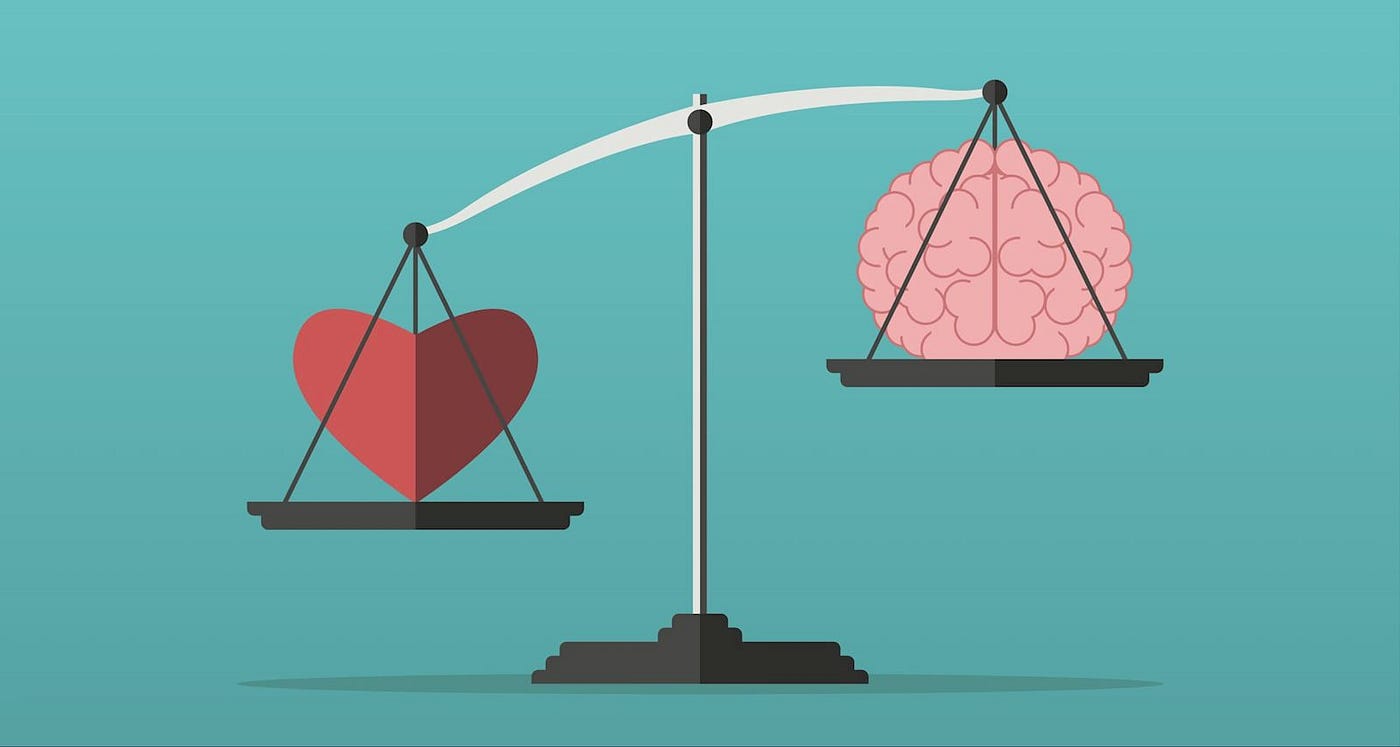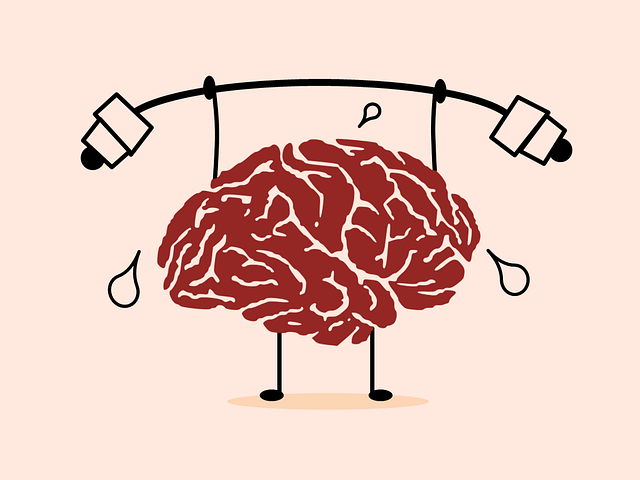The Brain’s Archive: How Memory Works and Why We Forget
The human cerebrum is a remarkable organ, capable of storing vast amounts of information, retrieving memories from decades ago, and even forgetting things that no longer seem relevant. Memory plays a crucial role in shaping who we are, influencing our decisions, and helping us navigate the world. But how does memory work, and why do we sometimes forget? This article delves into the science behind memory formation, storage, and retrieval, as well as the reasons for forgetfulness.
The Fundamentals of Memory
Memory is a complex mental process involving encoding, storing, and retrieving information. It can be broadly categorized into three types:
Sensory Memory
Sensory memory is the initial stage of memory, where sensory input from the environment—such as sights, sounds, and smells—is briefly retained. This type of memory lasts only a fraction of a second to a few seconds, serving as a buffer before the information either fades or moves into short-term memory.
Short-Term Memory (STM)
Short-term memory, also known as working memory, holds information temporarily for immediate use. It has a limited capacity, typically storing around 7 items (plus or minus 2) for up to 20 seconds unless actively maintained through repetition or practice. For example, remembering a phone number long enough to dial it involves short-term memory.
Long-Term Memory (LTM)
Long-term memory stores information over extended periods, ranging from minutes to a lifetime. It is further divided into two main types:
Explicit Memory (Declarative): Involves conscious recall, such as facts (semantic memory) and personal experiences (episodic memory).
Implicit Memory (Non-declarative): Involves unconscious skills and habits, such as riding a bicycle or typing on a keyboard.
How Memory Functions
1. Encoding: Transforming Input into Memory
Encoding is the process of converting sensory input into a form the brain can store. It involves attention and meaning, which determine how well information is encoded. For example, connecting new knowledge to existing information makes it easier to remember.
There are three primary types of encoding:
Visual Encoding: Based on images or visual elements.
Acoustic Encoding: Focused on sounds, such as words or music.
Semantic Encoding: Involves meaning and understanding, which is the most effective form for long-term retention.
2. Storage: Preserving Information
Once information is encoded, it is stored in the brain. The brain doesn’t keep memories in one specific location but distributes them across various regions:
Hippocampus: Crucial for forming new explicit memories and transferring them to long-term storage.
Amygdala: Involved in emotional memories, particularly those related to fear or pleasure.
Cerebellum and Basal Ganglia: Associated with procedural memory and motor skills.
Cortex: Responsible for storing factual knowledge and sensory memories.
3. Retrieval: Accessing Stored Memories
Retrieval is the process of recalling information from memory storage. It can happen consciously (e.g., recalling a friend’s name) or unconsciously (e.g., recognizing a familiar face). Effective retrieval often depends on cues, such as context or emotional states, which can trigger associated memories.
Why Do We Forget?
Forgetting is not just a failure of memory; it is often a natural and necessary process. The brain’s ability to forget helps us prioritize relevant information and prevent overload. Here are some common reasons for forgetfulness:
1. Decay Theory
According to the decay theory, memories fade over time if they are not actively used. Neural connections weaken, making it harder to retrieve the stored information. This explains why people often forget trivial details from years ago while retaining more significant memories.
2. Interference
Interference occurs when similar memories compete with each other, making it difficult to recall specific information. There are two types:
Proactive Interference: Older memories interfere with the learning of new information.
Retroactive Interference: New information disrupts the recall of older memories.
3. Retrieval Failure
Sometimes, memories are intact but cannot be accessed due to insufficient retrieval cues. For instance, a person might recognize a face but struggle to recall the associated name.
4. Suppression
Suppression is a defense mechanism where the brain unconsciously suppresses traumatic or distressing memories. These memories may resurface later under specific conditions or through therapy.
5. Neurobiological Factors
Aging, brain injuries, or neurological conditions like Alzheimer’s disease can impair memory. Aging affects the hippocampus, while conditions like Alzheimer’s involve the buildup of plaques and tangles that disrupt neural connections.
The Role of Emotion in Memory
Emotions play a significant role in memory formation and recall. Highly emotional events, whether positive or negative, tend to be remembered more vividly than neutral experiences. This is due to the amygdala’s activation, which enhances the encoding and storage of emotional memories.
However, emotions can also distort memories. For example, stress can impair memory retrieval, while overconfidence in emotional memories may lead to inaccuracies.
Improving Memory
While some forgetfulness is inevitable, there are ways to enhance memory:
Stay Physically Active: Regular exercise promotes brain health by increasing blood flow and stimulating the growth of new neurons.
Sleep Well: Adequate sleep is essential for memory consolidation, where the brain processes and stores the day’s experiences.
Use Mnemonics: Techniques like acronyms, rhymes, or visualization can help in encoding and retrieving information.
Practice Mindfulness: Staying present and focused can improve attention and encoding.
Challenge Your Brain: Activities like puzzles, learning a new skill, or reading can strengthen cognitive function.
Memory Disorders and Treatment
Memory disorders like amnesia, dementia, and Alzheimer’s disease can significantly impact an individual’s life. While treatments cannot always cure these conditions, early intervention and lifestyle changes can slow their progression.
Emerging Therapies
Research in neuroscience is paving the way for innovative treatments, such as:
Cognitive Training: Exercises to enhance memory and problem-solving skills.
Brain Stimulation: Techniques like transcranial magnetic stimulation (TMS) show promise in improving memory function.
Pharmacological Advances: New drugs aim to address the root causes of memory decline, such as amyloid plaques in Alzheimer’s.
Conclusion
The cerebrum’s archive of memories is a remarkable system, enabling us to learn, adapt, and grow. Understanding how memory works and the reasons we forget can help us better appreciate this intricate process. By adopting healthy habits and leveraging the latest scientific insights, we can enhance our memory and maintain cognitive health throughout life. The study of memory reminds us not only of the brain’s vast potential but also of its vulnerability, urging us to cherish and nurture this vital faculty.






























0 comments: